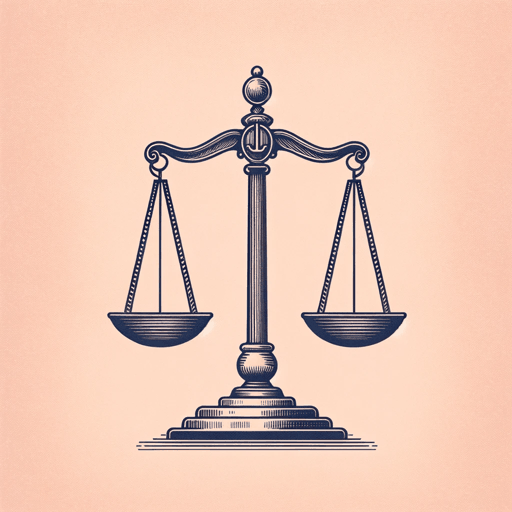58 pages • 1 hour read
MontesquieuPersian Letters
Fiction | Novel | Adult | Published in 1721A modern alternative to SparkNotes and CliffsNotes, SuperSummary offers high-quality Study Guides with detailed chapter summaries and analysis of major themes, characters, and more.
Themes
The Juxtaposition of Eastern and Western Culture
Historically, the Age of Enlightenment is the first period of modern thought that strived to understand the different ways various peoples lead their daily life, the way they organize their countries, and their attitude toward various abstract matters. Montesquieu’s Persian Letters is one of the first major (and popular) works to come out of this period. It is an exemplary representative of authorial interest in comparing the complex systems and sociopolitical environments of the West (which the author knew intimately) and the East (which he learned about through the works of early historiographers, travelers, and diplomats).
Usbek and Rica, who travel to France from Persia, represent the authorial voice in offering direct comparison of the two seemingly disparate ways of life. Characters from Persia (Usbek’s wives, his eunuchs and other slaves, and his and Rica’s friends) give us a multifaceted picture of life in Persia. Since he wrote the novel primarily for European readers, Montesquieu in effect places readers in the position to supply the unmediated understanding of European culture. In this way, we gain a threefold insight into the differences between the East and the West. (This is also one of the earliest literary examples of an author including the readers as recipients of the text in the “discussion” of the topics examined.


